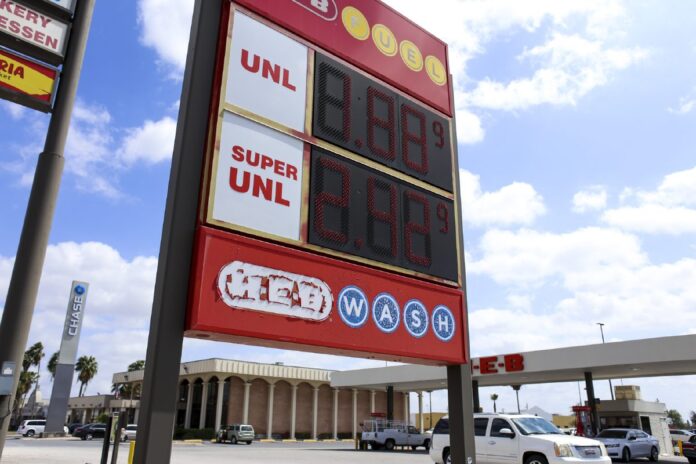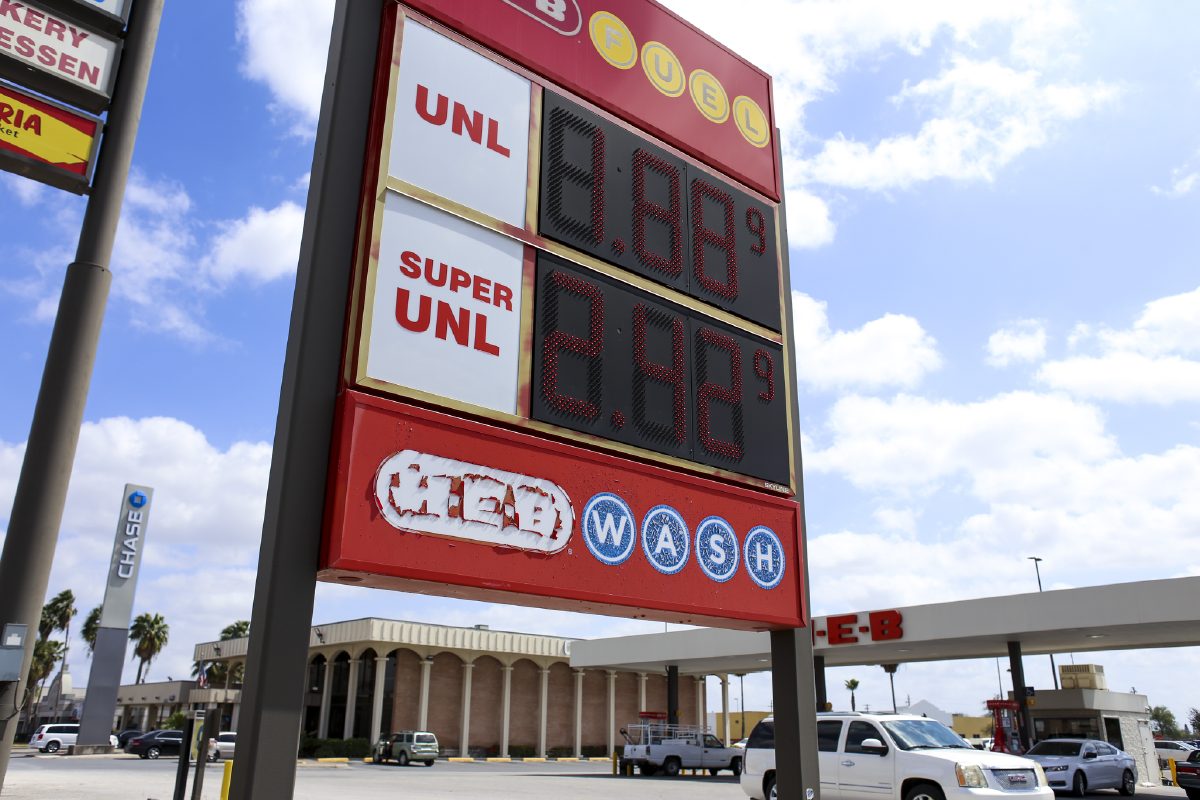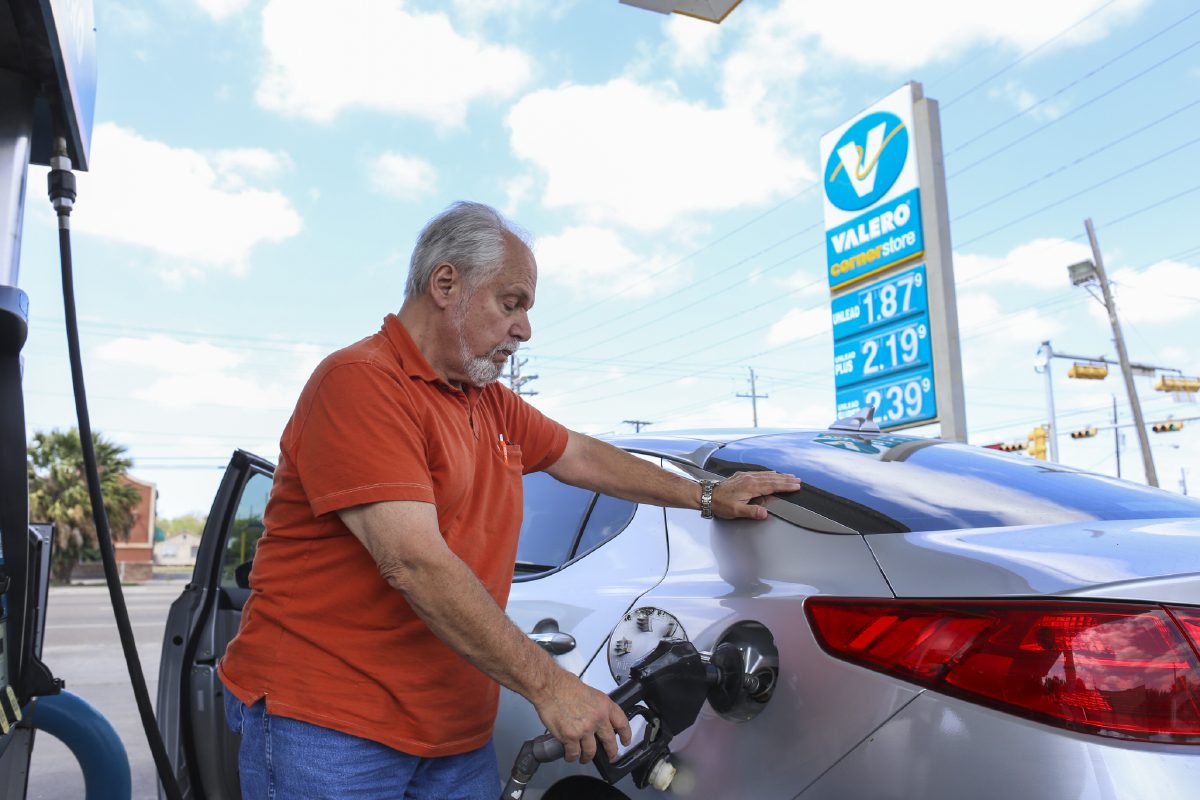Sure, it’s nice to pay less at the gas pump, though what’s causing the situation is worrisome to contemplate.
Motorists in the Rio Grande Valley and elsewhere are paying less for fuel thanks to fallout from the new coronavirus, which is wreaking economic havoc on several fronts, not the least of which is a massive decline in demand for crude oil.
“The biggest reason is economics 101, supply and demand,” said Allison Mack, a petroleum analyst for GasBuddy.com. “The demand for oil worldwide has dropped day after day as fewer countries need oil.”
In China, the world’s second largest oil consumer behind the United States and where the coronavirus originated, cities are on lockdown, no one is driving or flying and oil demand has cratered, she said. At the same time, the volume of oil production remained the same, creating a glut and driving prices downward, Mack said.
“The biggest determining factor of gasoline prices, the street-level prices we see every day, is oil prices,” she said. “When oil prices go down, gas prices are sure to follow.”
In Texas, the plunge started on Feb. 22, Mack said. Almost immediately an oil price war ensued, as Russia rejected a proposal from Saudi Arabia to jointly scale back production to help correct the imbalance between supply and demand. Saudi’s response was to cut its price-per-barrel even more and double down on threats to flood the already glutted world market.
Now OPEC’s third largest producer, the United Arab Emirates, has jumped into the price war with both feet, vowing to increase production by 1 million barrels per day. The big loser in all this is U.S. shale oil production, with Texas Permian Basin shale operators taking a major hit and shutting wells as worldwide demand for oil continues to shrink.
“It’s basically a war of egos at this point,” Mack said.
If and when the warring parties ultimately back off and agree to cap production, oil prices are likely to level off and rally slightly, maybe to $40 a barrel, though it won’t lead to a major spike since demand will still be low, she said. West Texas Intermediate crude, a benchmark for buyers and sellers of crude oil, has been hovering between $32 and $33 a barrel all week, Mack noted.
“What that says to me as a petroleum analyst is that gas prices are going to continue to drop,” she said.
The last time oil sank so low and gasoline was this inexpensive was during the first quarter of 2016 amid a crash in the oil market, Mack said.
“On Feb. 14, Valentine’s Day 2016, it was $1.50 in the state of Texas,” she said. “That was the average.”
Mack said it’s scary to contemplate what’s going on with the economy and people’s personal investments — not to mention the possibility of getting sick — because of the coronavirus.
But at least gas is cheap.
“How long it’s going to last nobody knows, but what it means for the motorist, if things stay the way they are I could see prices dropping 20 to 30 cents in the next two to three weeks,” Mack said.






